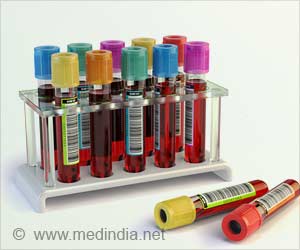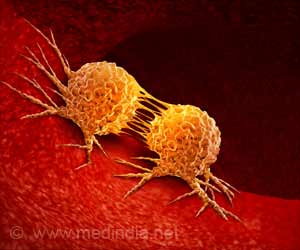Synthetic molecules derived from curcumin, main ingredient of Indian spice turmeric, can help kill cancer cells and stop them from spreading, say researchers at Ohio State University.
Synthetic molecules derived from curcumin, main ingredient of Indian spice turmeric, can help kill cancer cells and stop them from spreading, say researchers at Ohio State University.
Curcumin has long been known for its multiple disease-fighting features, including anti-tumour properties."Newer evidence describes how curcumin interacts with certain proteins to generate anti-cancer activity inside the body. We're focusing on the pathways that are most involved in cancer and trying to optimise for those properties," said James Fuchs, assistant professor of medicinal chemistry and pharmacognosy at Ohio State University and principal investigator.
While presenting his study results, Fuchs described a selection of the 40 compounds developed to date, emphasizing the synthetic molecules that appear to have the most potential to serve as the basis for anti-cancer drug development.
Fuchs and colleagues are continuing to refine compounds that are best structured to interact with a few overactive proteins that are associated with cell activity in breast and prostate cancers.
Blocking these molecular targets can initiate cell death or stop cell migration in the cancers.
With the help of structure-based, computer-aided design, a relatively new technology in the drug discovery field, scientists can make manipulations to computer-designed molecules and observe simulated interactions between molecules and proteins to predict which structural changes will make the most sense to pursue.
Advertisement
"For each spot, we can design small chemical fragments and link them together to make a molecule. This is what computer-aided design and modelling can do," said Li, an expert in computational chemistry
Advertisement
"To be able to develop a drug that in the future could have potential to treat 50 percent of these cancers would be a major contribution," said Jiayuh Lin, an investigator in Ohio State's Comprehensive Cancer Center and an associate professor of pediatrics.
The study was presented at the American Chemical Society meeting in Philadelphia.
Source-ANI
SRM














